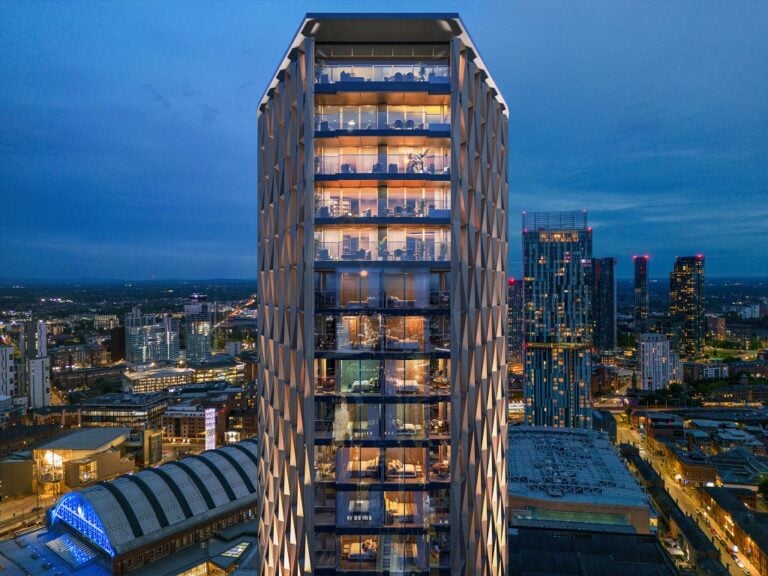Building costs have fallen significantly since their peak in 2022, and this along with a rise in demand for UK new-builds indicates a positive outlook for the sector.
While there is still a level of uncertainty regarding the current economic outlook for the UK, exacerbated by an impending general election later this year and a mixed picture on inflation and interest rate targets, there are plenty of signs that the construction space is in line for a more healthy year ahead.
This is largely down to an improving economic backdrop, with Capital Economics predicting that the Bank of England will lower its base rate – currently at 5.25% – to around 3% in 2025. The first cut is widely anticipated to come in June, with more to follow as the year progresses.
Meanwhile, the UK economy grew by 0.2% in January (says the Office for National Statistics), while inflation held steady at 4% despite many analysts predicting it would in fact rise.
All of these factors can influence house prices and land value, as well as demand and appetite for property – including UK new-builds – and this is what Oliver Knight, a partner in Knight Frank’s residential research department, has described as a “turning point” for the market.
More demand for UK new-builds
Knight believes that the environment for UK property developers is set to improve throughout 2024 and 2025, based on the latest positive economic indicators. He also points to the fact that build cost inflation has already peaked and continues to fall, while house prices are also showing good signs of recovery.
What’s more, data from the Home Builders Federation looking at the net reservation balance for UK new-builds in January showed that the figures were positive for the first time since February 2022, “suggesting a rise in demand” for this section of the housing market.
“Any sustained strengthening in transactions should support a longer-term recovery in development,” notes Knight, although he also points out that some of the market, including London, is coming from “a low base” after it the number of new starts fell by 64% in the capital from the 2015 peak to 2023.
Buyer demand certainly plays a big role, but the fact that build costs have fallen and are expected to moderate further are another crucial factor.
Knight states: “Weak construction activity over the last year also means inflation in material and labour costs is likely to be close to zero for the next year or so, which will support viability and reduce pressure on margins. That, in turn, will give investors and developers more incentive to take new or stalled projects forward.”
Costs and planning have been barriers
The cost of materials, labour, and general building costs all increased significantly between 2020 and 2022, with material cost inflation reaching 25% annually at its peak (Building Cost Information Service figures).
Since then, these three elements, which have had an impact on the construction of UK new-builds, have fallen and remain stable, and Knight points out that “more stability is anticipated in 2024”.
“Tender pricing is forecast to drop to 1.5% this year, from 3.5% in 2023,” he says. “Materials and labour costs are also expected to come in notably lower than recent peaks.”
However, the planning system can be another well-known barrier in the construction of residential property, and research by Knight Frank, using EPC data and Home Builders Federation figures, has found that the number of planning consents granted has actually fallen since 2022.
Last year, HBF data found that 231,251 UK new-builds were granted planning permission across England, which Knight points out is the lowest figure for planning consents in a calendar year since 2013. This could mean that housing delivery will fall in the medium term, he says.
“That will present opportunities for developers who are able to proceed with new schemes who will benefit from selling into a market that is likely to be starved of new stock.”










